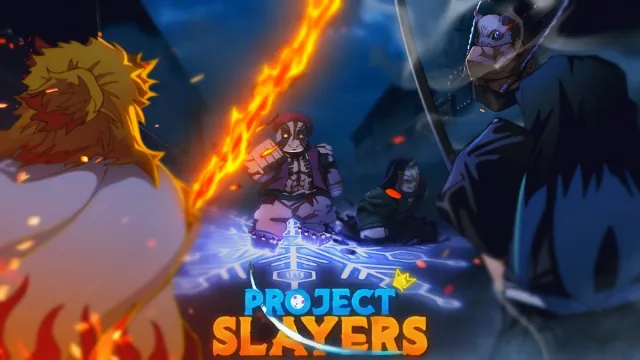This Free-to-Play JRPG Might be Your Next Game to Play on the Side
Ride that JRPG train!
Ride that JRPG train!
Fighting and fashion go hand-in-hand.
Six of the best for the weekend!

Fighting and fashion go hand-in-hand.

Bear witness!

There goes my weekend.

Time to parry the fish, said no one ever.

Six of the best for the weekend!

Mixing products and making deals, all day long.

The new DK is on the block.

Yes we can!

A fine replacement for C&C

It's only February, and we seem to have a contender for game of the year. It's that good.

Hold on to those materials first!

Ride that JRPG train!

Hit the lab.

I wish they could just give one free hero selector instead.



I wish they could just give one free hero selector instead.



TD enthusiasts, rejoice!

Get ready to hit the high seas with these codes!


You'll be swimming in Bloodpoints with these codes
